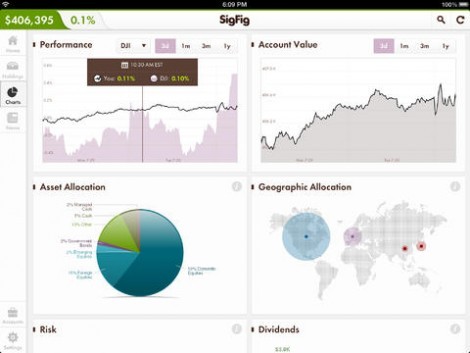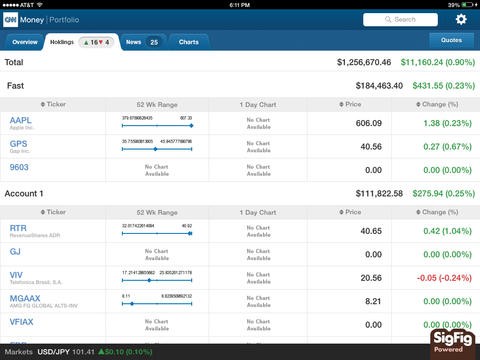How To Manage Your 401(k)
Post on: 16 Июнь, 2015 No Comment

From contributions all the way to rollover, a smart approach to managing your 401(k) will help you prepare for retirement.
For seven out of 10 people who participate in a company 401(k) plan, their 401(k) investment is their largest source of retirement savings, according to a 2010 study by Charles Schwab. Understanding how to manage your 401(k), from contributions all the way to rollover, is a vastly important aspect of retirement savings.
The 401(k), which has now replaced most traditional workplace pensions, puts the responsibility for saving enough and investing well for retirement in the hands of the participant, rather than the employer. That means that how you manage your 401(k) plan today will impact how much money you have in the future. Unfortunately, nearly half of all 401(k) participants don’t feel confident in their ability to manage their 401(k), the Schwab study found. This guide will help.
Understand the match — and take advantage of it. Many companies offer to match part of their employees contributions to their 401(k) — it’s free money, so take it.
- Know how it works. Company matching funds policies can be confusing, so call your human resources department to walk you through the specific terms at your company. Some companies will match a fixed percentage or dollar value of your contribution; some won’t match until after you contribute a fixed dollar amount.
- Take the match and more. Take advantage of the match, and try to contribute even more. Make sure you’re contributing at least enough to get the match.
- Understand the vesting policy. Some companies require that you work for the company for a certain amount of time before you can claim the matching funds.

Ensure proper asset allocation. When determining what investments to pick, scan the entire picture, making sure you look across all of your investment accounts, not just your 401(k).
- A rule of thumb. You may have heard one of several adages about how to mitigate risk in an investment portfolio. They all amount to a quick fix for determining how much of your portfolio to hold in less risky assets, bonds for the most part. Some say to hold your age in bonds (40 years old = 40% bonds); others say 125 less your age in stocks (85 = 85% in stocks.) As you can see from this example, some rules of thumb are too far apart to even wrestle. The lesson here, though, is to have some starting point for dividing your riskiest holdings (stocks) from your less risky (bonds). Test whether your asset allocation is in line with your goals with this SmartMoney Asset Allocation System. Check out sample asset allocations here.
- A rule for risk. Asset allocation is not just about age, it’s also about the risk you are willing to take. Read more here. So while stocks, traditionally a pretty risky investment, have an average annual return of roughly 7% over the long-term, there is significant volatility from year to year and no guarantees of returns. If you’re older and want a less risky option, you may want to consider highly rated bonds.
Choose your investments wisely. Diversify and look for low fees.
- Look beyond the plan. Many 401(k)s have limited investment options, which means investors may have to choose from investments that don’t fully meet their needs. To help remedy this situation, invest for retirement both inside and outside of your 401(k) plan.
- Use advice. You may want to start by using the free planning advice offered by many plan administrators, but for most people, it’s a good idea to also talk to a financial adviser to help you pick low-cost investments that can optimally help you meet your retirement goals.Find a financial advisor using NAPFA.org.
- Stay informed. Brightscope.com has a tool for analyzing the quality of your 401(k), based on Form 5500 filed with the United States Department of Labor. While the filings may be for prior years, they offer a good perspective on a plan’s fees and expenses. You should also look at the prospectus and any plan documentation to make sure you are thoroughly aware of the fees and characteristics of the investments you own.
What not to do. Avoid these common 401(k) plan pitfalls.
- Don’t just settle for the target-date fund. Target-date funds vary widely in their holdings and in their philosophy (some are geared towards taking you up to retirement, others through retirement). That means that these funds aren’t a one size fits all solution, and you may be better off with other investments.
- Don’t just pick a random set of investments. Many people think that simply contributing to a 401(k) plan is enough. It’s not. With the slew of investment options in these plans, many of which may have high fees or options that don’t meet your goals, you need to think through the investments you choose. Use this SmartMoney guide to get started.
- Don’t just leave your money in a 401(k), consider a rollover. Because many 401(k)s have less than optimal investment options, you may want to consider rolling these funds into an IRA, which will likely have better investment options for you to choose from. Use this SmartMoney guide to help.
For more reading and guidance: Try the SmartMoney Retirement Planner to test saving and spending scenarios.Brightscope.com features a tool that evaluates major 401(k) plans. Check with the IRS 401(k) resource guide. 401(k).org. a site that answers key 401(k) questions














